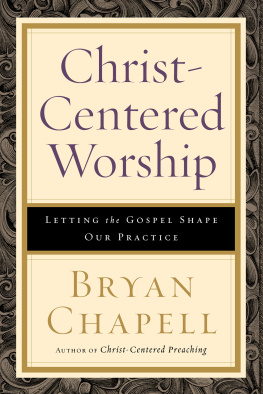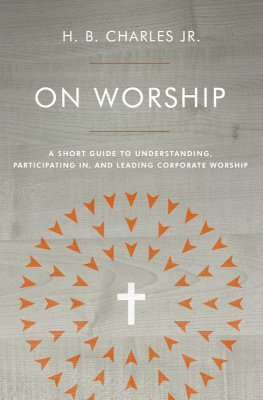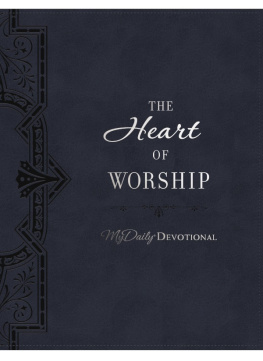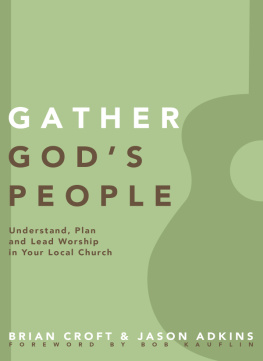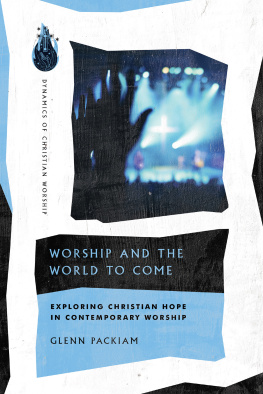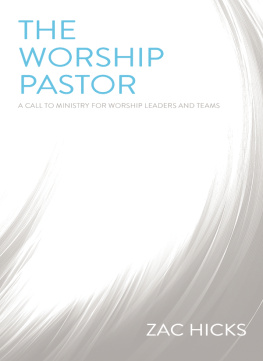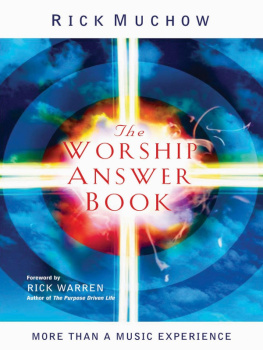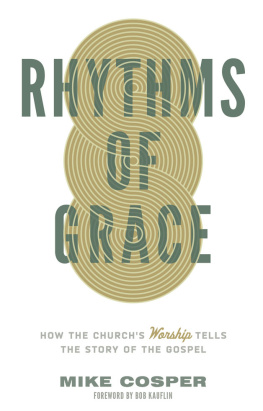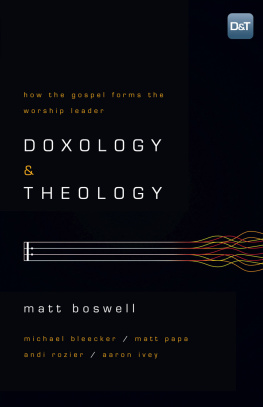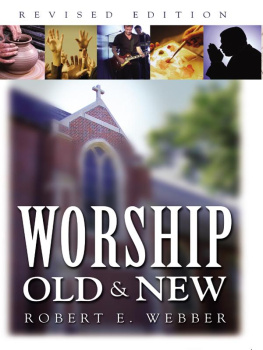
2009 by Bryan Chapell
Published by Baker Academic
a division of Baker Publishing Group
P.O. Box 6287, Grand Rapids, MI 49516-6287
www.bakeracademic.com
Ebook edition created 2010
Ebook corrections 03.30.2016
All rights reserved. No part of this publication may be reproduced, stored in a retrieval system, or transmitted in any form or by any meansfor example, electronic, photocopy, recordingwithout the prior written permission of the publisher. The only exception is brief quotations in printed reviews.
Library of Congress Cataloging-in-Publication Data is on file at the Library of Congress, Washington, DC.
ISBN 978-1-4412-1084-5
Unless otherwise indicated, Scripture is taken from the Holy Bible, New International Version. NIV. Copyright 1973, 1978, 1984 by Biblica, Inc. Used by permission of Zondervan. All rights reserved worldwide. www.zondervan.com
Scripture quotations labeled KJV are from the King James Version of the Bible.
Scripture quotations labeled NKJV are from the New King James Version. Copyright 1982 by Thomas Nelson, Inc. Used by permission. All rights reserved.
To my wife, Kathy,
whose flute, piano, voice, choir directing, and heart
daily bring the music of worship
into the life
the Lord has graced us to share.
CONTENTS
I am indebted to Dr. Robert G. Rayburn, founding president of Covenant Seminary, who laid a foundation of profound respect for worship at the seminary. I am also thankful for the friendship and support of Mark Dalbey, Covenant Seminarys worship professor. Mark has sharpened my thought while leading this seminary (and a new generation of church leaders) into wonderful understanding and expression of gospel worship.
Although the research and thought behind this work have spanned years, I have done most of the writing during a sabbatical provided by the board of Covenant Seminary. I want to express my thanks to Covenants trustees for granting me this wonderful writing opportunity. Working at an institution governed by godly leaders dedicated to the future of Christs church is a blessing for which I am daily thankful.
I am deeply grateful for the executive team in place as this sabbatical began: Dave Wicker, chief of staff; Sean Lucas, chief academic officer; Wayne Copeland, vice president of business administration; and Mark Dalbey, vice president of student services. The dedication and skills of these friends allowed me to be out of the office for this extended period of time. My sabbatical was also possible because of the caring skills of my executive assistant, Kathy Woodard.
Finally, I wish to express appreciation for my faculty colleagues at Covenant Seminary. Their wonderful and courageous commitment to the gospel of grace has deepened my understanding of Christs work, increased my love of his heart, and furthered my devotion to proclaiming his work in every dimension of life.
Part 1
GOSPEL WORSHIP
1
THE GOSPEL OF STRUCTURE
S tructures tell stories. Martin Luther knew this when he designed the first Protestant church in Torgau, Germany. Prior to the construction of this chapel for the castle of Luthers protector, the Elector John Frederick I, Protestant services were held mainly in churches that were formerly Roman Catholic. The main architectural change that occurred when Protestants took control of such churches was the replacement of a cross on the spire of the church with a rooster, symbol of the new dawn of the Reformation. And it was not rare in the competing tides of Reformation times that if Roman Catholic forces returned to power, they would replace the rooster with another cross.
Each faith movement signaled its control by the changed hood ornament most obvious to all in the town or region, but the basic architecture of the church changed little. Thus, when Luther had the opportunity to design a church that would reflect the new perspectives of the Reformation, he made sure that the basic structure of the church would convey the gospel story he wanted to tell. No structural change would have been more obvious to sixteenth-century worshipers than the placement of the pulpit. In deliberate contrast with the Roman Catholic practice of placing the pulpit at the front of the congregation, Luther arranged for the pastor to preach among the people. The pulpit was at the center of the long wall of the worship sanctuary. In addition, the altar, while still located at the front of the church, was no longer separated from the people by screens that had designated sacred space for clergy alone.
Luther preached the priesthood of believers, and his structures conveyed the same message. The placement of the pulpit silently explained that the preacher was not more holy than the people. He ministered among them because all were fulfilling holy callings as they served God in the occupations for which he had gifted them. The architecture of the altar said there was no need for priestly intercession or separation, since everyone had equal and immediate access to God. The early Calvinistic churches of the French Reformation pushed the idea further by putting the pulpit in the center of a circled congregation. This structure not only symbolized the priesthood of believers, but also asserted the centrality of the Word in Christian worship.
Informed, Not Ruled
I do not mention these architectural details in order to mandate designs for church architecture. In fact, the various ways in which the Reformers expressed their views can also argue for the liberties in church architecture that modern Christians have obviously exercised. But such freedom is best applied when we have some sense of the story we are trying to tell, and this requires understanding our place in Gods unfolding plan for his church. We should not ignore the wisdom of church forebears just because its old, or automatically reject it just because we didnt think of it. We consider the history because God does not give all of his wisdom to any one time or people. Slavish loyalty to traditions will keep us from ministering effectively to our generation, but trashing the past entirely denies Gods purposes for the church on which we must build. If we do not learn from the past, we will lose insights God has granted others as they have interacted with his Word and people.
Always we are to be informed by tradition; never are we to be ruled by it. The Word of God is our only infallible rule of faith and practice, but an unwillingness to consider what previous generations have learned about applying Gods Word discloses either navet or arrogance. God intends for us to stand on the shoulders of those faithful before us. He gives us a mission for our time, but he also gives us a history to prepare us for our present calling. Without critically and constructively examining this foundation we are ill equipped for building the church God wants today. This is true not only for the structures of church architecture, but also for the structures of church worship.
Designed to Communicate
Just as church leaders through the ages have structured their buildings to reflect their understanding of the gospel, they have also structured what happens inside those buildings to do the same. Already we have seen how the placement of pulpit, altar, and pew could convey a message. What was done in the pulpit, at the altar, and in the pew was also structured to communicate. For example, in the Roman Catholic Mass, the priest stood between the altar and the people when dispensing the elements to symbolize his intercessory role. By contrast, many Protestant Reformers intentionally stood behind the Communion Table when administering the Lords Supper to demonstrate the peoples immediate access to Christ. The physical placement of the furniture, pastor, and people was designed to communicate a clear gospel message: Nothing and no one comes between Christ and the believer.
Next page
